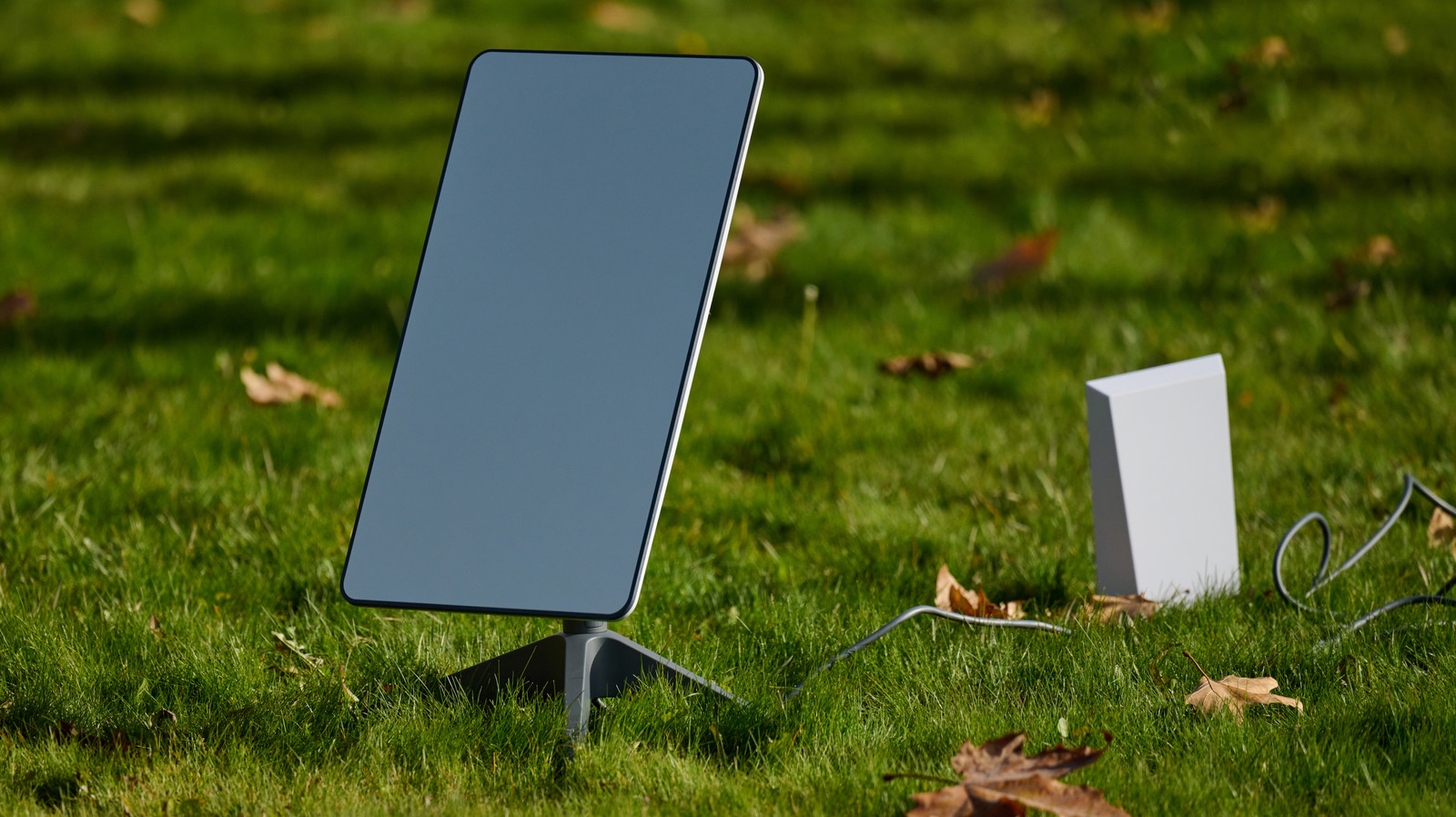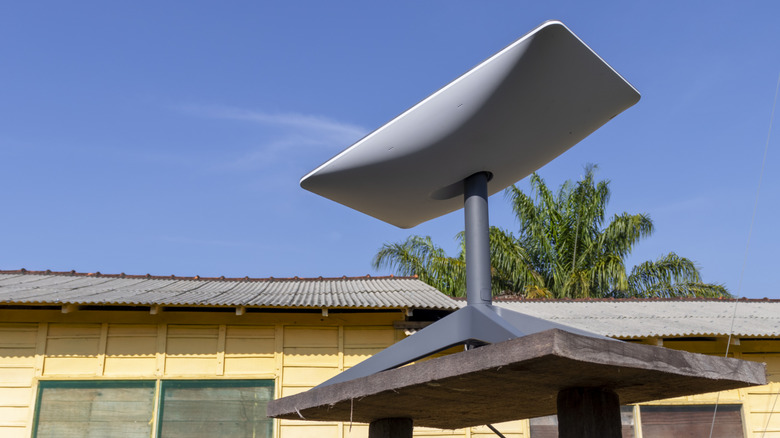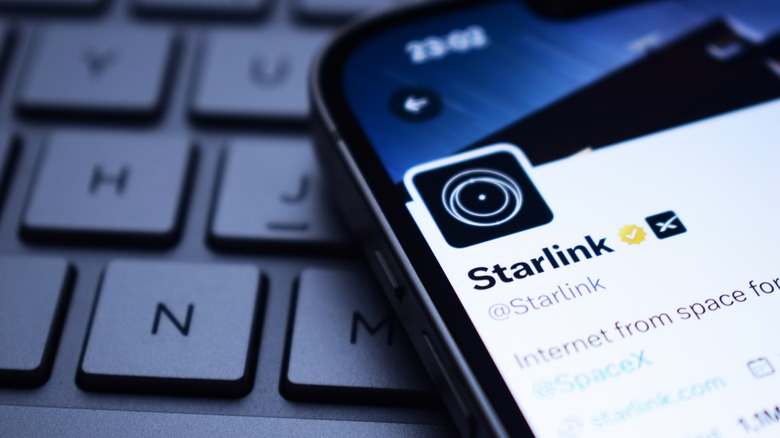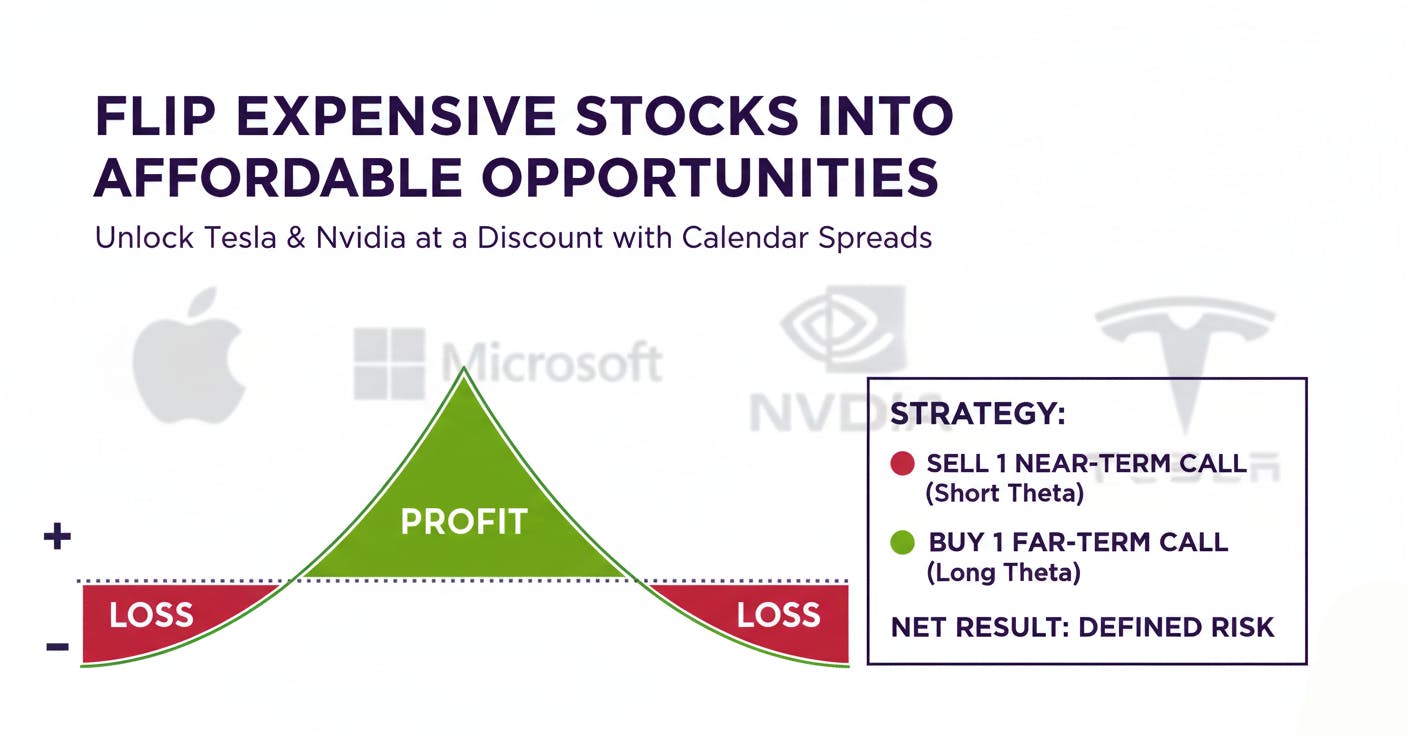Starlink from SpaceX provides high-speed, low-latency internet to areas of the world that otherwise would have no connection opportunities, thanks to a constellation of low-Earth orbit satellites. It also makes internet access more accessible and affordable: The Starlink Mini starts at $80 per month for home internet, and $50 per month while traveling.
Many Starlink Mini users say it’s worth it, especially in rural areas, despite Starlink alienating some customers by doing away with its free “pause” service feature. While it works on a piecemeal basis, from home to home, user to user, it may not be ideal for national use according to an X-Lab analysis. In fact, one report claims that Starlink can only support 6.66 households per square mile before the usable speeds fall below FCC broadband minimums.
While figuring out the math in its Starlink Capacity Analysis report, the X-Labs team found that a large density of users in a given area would “saturate the network” so much, that Starlink would be unable to deliver a minimal upload speed threshold that meets the FCC’s definition of a “broadband” service. If that were the case, which seems likely, the platform would consistently fail to meet the NTIA’s minimum performance requirements; which is necessary to secure funding from federal grant initiatives like the BEAD program (which Starlink is aiming to do). That also means Starlink could fail if adopted nationally, because it’s unable to provide the necessary speeds and connections, without factoring in potential finance issues.
More than meets the eye
According to the X-Labs report, as of June 2025, an alarming 17% of users currently experience speeds that meet the FCC “broadband” definition. While that’s relatively low, altered BEAD program rules would still allow Starlink to benefit from federal funds as a low-cost internet option. The NTIA’s Notice of Funding Opportunity (NOFO) program must take the lowest qualified bid, and can only consider alternatives if the next highest bid is priced within 15% of the lowest. There are concerns Starlink could take that lowest bid slot, with other options not being allowed for consideration because they’re not within the 15% threshold.
The potential strain of adopting the service at a national level and bringing on thousands of more customers could negatively impact network performance and experiences. That would be a shame for customers in rural or remote areas who are finally able to experience faster speeds and reliable connections and, frankly, need Starlink to stay connected because there are no other viable local options.
Features like Starlink’s Bypass Mode make it excellent in areas where traditional broadband is unreliable or nonexistent. Despite the benefits of Starlink’s international connectivity, the network has never been fast enough to meet the FCC’s “broadband” definition; which is currently 100 megabits per second for download speeds, 20 megabits per second upload, with a latency below 100 milliseconds.
A brief review of the X-Labs math
As established in the analysis, the X-Labs team explores the potential upload and performance capacities of Starlink using the following data: A maximum of 419 Broadband Service Locations (BSLs) per beam, with a coverage area of 62.9 square miles.
- Number of BSLs / Beam Coverage Area = Maximum BSLs per Square Mile
- 419 / 62.9 = 6.66 BSLs per square mile
In case you’re not familiar with these terms: BSLs or Broadband Service Locations refers to a single active user or customer, while a beam refers to the total area on the ground that a single satellite radio frequency beam can cover. Together, these indicators tell us how effective and reliable a satellite internet service like Starlink is, while also providing a measurable capacity rating.
In short, if the math holds up, which it seems to do, then Starlink is not yet capable of providing widespread broadband service at a national level. It will not be able to keep up with the demand or bandwidth requirements, and it won’t meet FCC definitions, at least not without some changes. If you have $1.25 million upfront and $75,000 per month lying around, you can always use Starlink Community Gateways with 10Gbps speeds, which is downright impressive.












